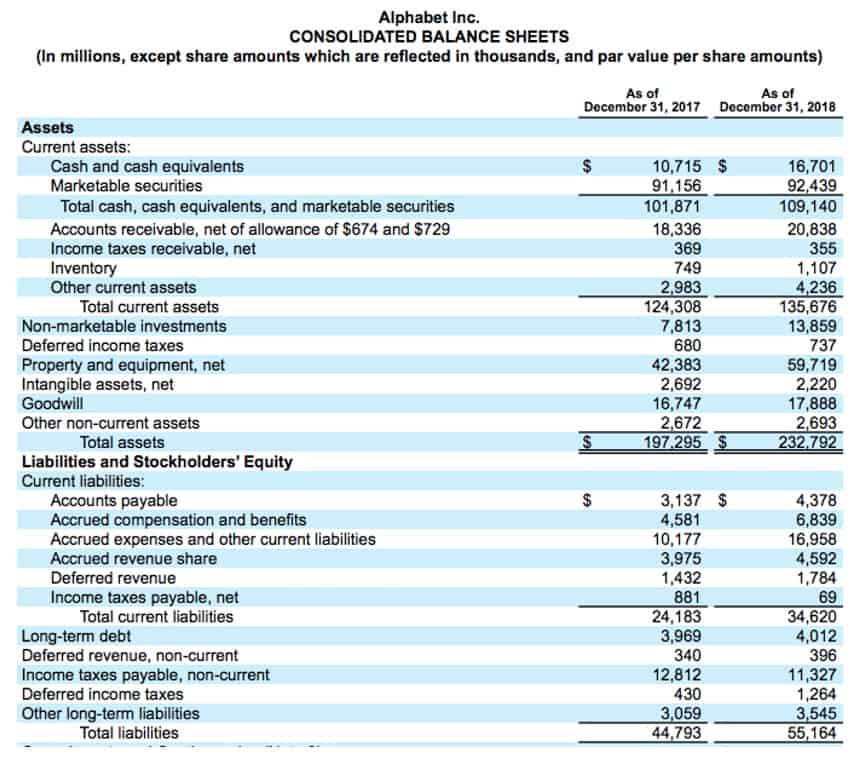
GAAP is one of the most fundamental concepts for nonprofit accounting, so you need to know what it entails to manage your organization’s finances effectively. Use the information and application tips above to get started, and don’t hesitate to reach out to nonprofit accounting experts (like the team at Jitasa!) with any questions or concerns that come up along the way. To act sincerely and in good faith, your organization needs to honor your commitments to use those funds as the donor or grantmaker intended. Plus, these contributors have the right to sue your nonprofit for misuse of funds if you don’t respect their official wishes—another way GAAP and legal requirements for nonprofits align. Nonprofits make money from various sources, such as individual donations, grants, investments, and corporate contributions. Each of these types of revenue should be recorded separately in your accounting system to ensure consistency and materiality when it comes time to report your revenue.
Recording and valuing benefits.
- Like their small business counterparts, smaller NFPs in particular may have greater need for help in implementing the new standard and so may look to their auditors for assistance.
- This is in contrast to a cash accounting system, which records revenue and expenses only after the money has changed hands.
- Some of the revenue your nonprofit receives will be restricted, or set aside for specific purposes by the contributor.
- The preceding considerations mean that auditors can expect a substantial increase in audit documentation during the transition.
- It also lets third parties safely assume consistency across many different nonprofits and their bookkeeping, which enables quick and accurate comparisons.
“With donors focused on making the most of their contribution, it is important for nonprofits to allocate costs correctly,” Gwaltney explained. Depending on the organization’s size, you can have a single person (such as a CFO) or an audit committee to monitor compliance. There are ongoing efforts to establish International Financial Reporting Standards (IFRS) for nonprofits, which, if successful, could result in greater consistency and comparability of financial information across countries. In the United States, these Generally Accepted Accounting Principles (or GAAP) are set by the Financial Accounting Standards Board (FASB).
CPE Webinar: Chart Of Accounts Structures For Nonprofits…

The FASB initially issued ASC 842 with staggered effective dates based on entity types. For public companies, the standard was effective starting in fiscal years beginning after December 15, 2018, including interim periods within those fiscal years. Private companies and nonprofit organizations were granted more time to implement the standard. Much like their for-profit counterparts, nonprofits must also follow specific financial reporting standards, including Accounting Standards Codification (ASC) 842. This blog post will delve into the essential aspects of ASC 842 regulations and answer common questions like how ASC 842 applies to nonprofits and how it may impact non-profit organizations.
4 The basic accounting for contributions

Of crucial importance are the controls that management maintains for differentiating contributions from exchange assets = liabilities + equity transactions and identifying which of the latter represent principal–agent arrangements. This Portfolio describes the accounting rules and reporting requirements that apply specifically to mergers and acquisitions (collectively business combinations) of not-for-profit entities. In so doing, it identifies and describes the types of mergers and acquisitions that commonly occur in the not-for-profit sector. It also explains when and how to apply the two accepted methods for accounting for business combinations in this sector – the acquisition method and the carryover method. Generally accepted accounting principles (GAAP) are a set of accounting procedures and standards issued by the Financial Accounting Standards Board (FASB).
- GAAP rules for nonprofits are intended to create transparency for donors and grant-makers.
- Get our FREE GUIDE to nonprofit financial reports, featuring illustrations, annotations, and insights to help you better understand your organization’s finances.
- These principles apply to all types of organizations, but they’re especially useful for nonprofits because, like nonprofit accounting in general, one of their main purposes is to promote accountability.
- Volunteers, for example, may provide unpaid labor, but that labor still has value that can affect your taxes and overhead.
- The breadth of the standard’s changes will require an intense audit focus on the adequacy of existing revenue-related controls and the potential need for new ones.
- GAAP includes definitions of accounting concepts and principles, as well as industry-specific rules.
By submitting my information, I agree to the privacy policy and to be contacted about Bloomberg Industry Group products and services. By handling your nonprofit’s accounting responsibly, you’ll earn the trust of donors and foundations — and more easily accomplish your goals. Whenever new tax laws pass, the rules outlining how nonprofits must handle and report income change.
Other Resources
Accounting software lets you simplify your financials, and even add tags to provide context for your data. Third parties like CPAs use tags to better understand data from weeks or months earlier. After all, someone reviewing financial statements can frequently encounter statements either too summarized or too complicated. To ensure compliance with accounting standards, you must have proper internal controls in place. Internal controls https://www.bookstime.com/ are a set of written policies, processes, procedures, and systems of authorization, reconciliation, documentation, security, and separation of duties. Nonprofit accounting is a unique process of planning, recording, and reporting the financial activities of a nonprofit organization.
Grant amounts

Some contributions have additional requirements for how to recognize them in your accounting system for GAAP compliance. For instance, the monetary value of in-kind gifts is recorded as both a debit and a credit to note that you received it, but the amount of cash your organization has hasn’t changed. Once you’ve started following this plan, check in with your team regularly to GAAP for Nonprofits identify what is going well and where there is room for improvement. To apply, an organization must have an online profile with the Arizona Community Foundation.

Check out our FREE Nonprofit Accounting 101 course
No matter what software you choose, the most important part of nonprofit accounting may be communication. Couch recommends keeping your staff and board members updated on what your accountants do and discover. No matter who does your books, choosing the right accounting software for your nonprofit is crucial. You’ll need an accounting program to track everything and be prepared when tax season rolls around. Like any organization that handles cash flow and pays taxes, nonprofits should invest in a professional accounting and finance team.